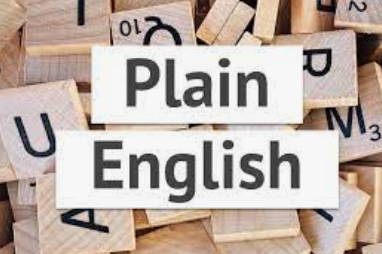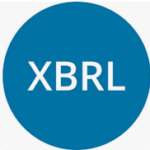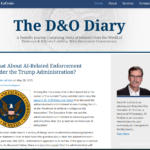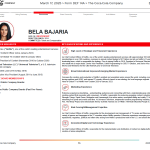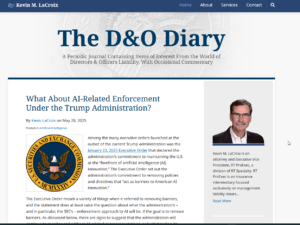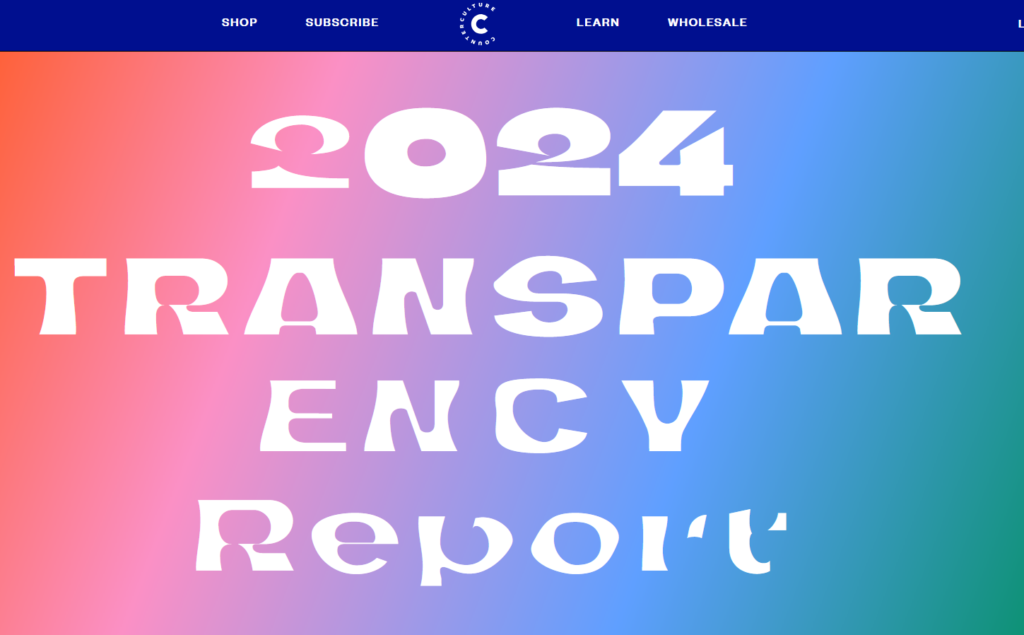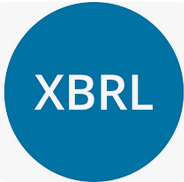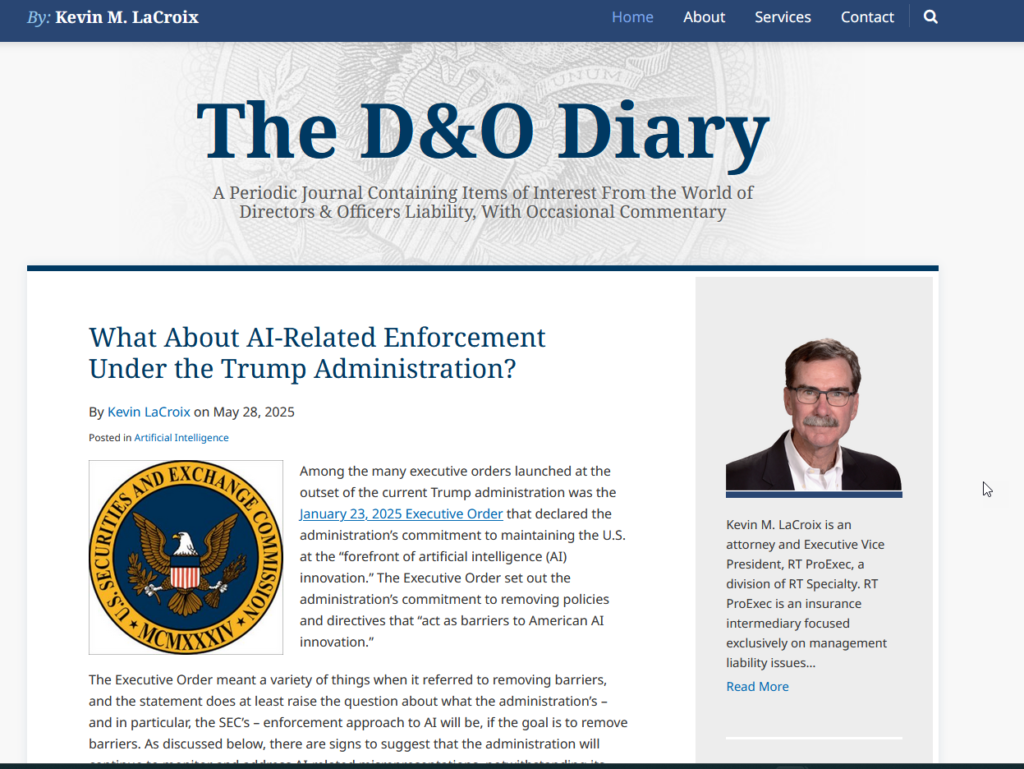Before I blog about how the plain English movement is sort of a forebear for the transparency movement, I thought I would share these four bewildering things about plain English:
- The SEC’s Plain English Rulemaking Was Quasi-Controversial
These concepts were behind the SEC’s rulemaking in 1998 requiring plain English. When the SEC adopted Rule 421(d), it was truly a sea change in how disclosure lawyers had to write. There were classes taught and a Plain English Handbook was published by the SEC. A Staff Legal Bulletin came out 18 months later – so people really needed their hand held.
It wasn’t a controversial rulemaking in the traditional sense. There were only 45 comment letters on the SEC’s proposal. The American Bar Association wanted a voluntary approach due to liability concerns. But 75 companies had participated in a pilot program and the sky hadn’t fallen.
It’s funny to think that the notion of drafting disclosure in a way that people could more easily read it was such a big deal but it’s true. It forced many of us to have a new mindset. It was an adjustment, a change in the way we wrote.
2. Plain English Isn’t Required for All SEC Filings
Isn’t that the strangest? The SEC’s original plain English rules only required that ’33 Act prospectuses be put in plain English. In 2006, the SEC’s reform of the executive pay rules required that the pay disclosures impacted by that reform be put in plain English. So perhaps surprising to some, ‘34 Act reports outside of the pay disclosures in proxies aren’t “required” to be put in plain English.
A personal story, When I went inhouse to Lockheed Martin in early ’99, I put the company’s 10-K in plain English without asking anyone. I was naïve and didn’t think twice about it as it seemed like a natural thing to do. People were not happy inside the company. They liked being called “The Corporation” instead of “we” but they left my changes alone.
3. The SEC’s Rules Ain’t In Plain English
If I could be “king” for a day at the SEC, I would put all of the rules and regulations in plain English. It’s mindblowing how difficult it is to understand what you need to do to comply with them. Only Rule 14a-8 – the shareholder proposal rule – is truly written in plain English.
So many of the rules and regulations are hard to grasp because they read like they’re in Greek. They are worse than instruction manuals. It takes a newbie lawyer years to learn what to do because you have to be taught a lot of what rules really mean. They can’t learn what to do by just reading a rule.
4. Academics Almost Never Write in Plain English
One of the funniest things for me is how this 2009 plain English study analyzing whether Form 10-Ks have improved their readability over time – and whether that matters – isn’t written in plain English itself. Academics tend to be the worst offenders of not writing in plain English. The bulk of the studies out there are nearly impossible to parse. It drives me crazy. I wonder why that is? Snobbery?
Anyway, read that study if you want to read about the “official” barometers of whether a document is in Plain English – there are hundreds of readability measures according to that study – but it focuses on three of them: the Fog Index (Fog), the Flesch Reading Ease Score (Flesch), and a measure derived from SEC documentation surrounding the plain English initiative.
